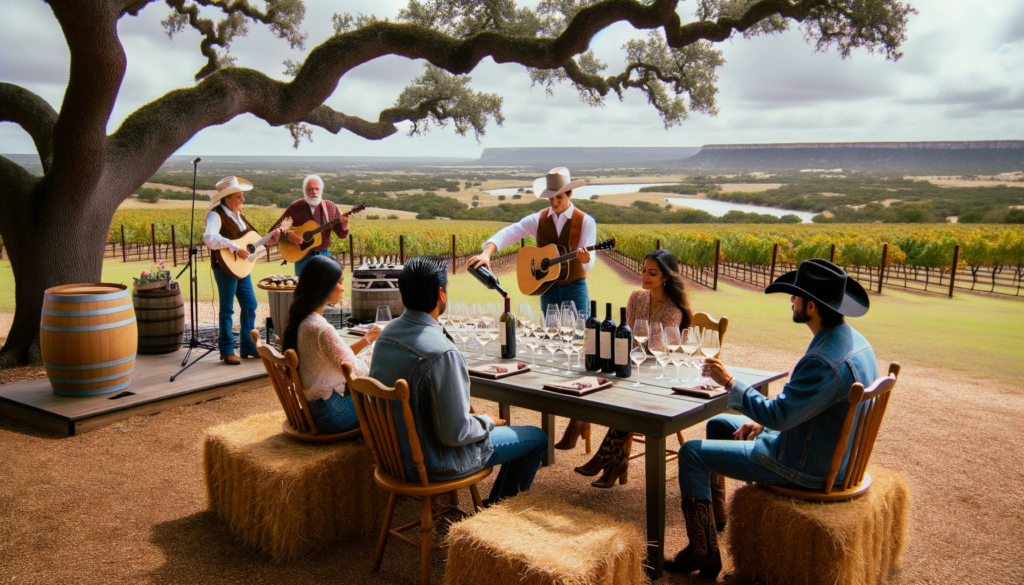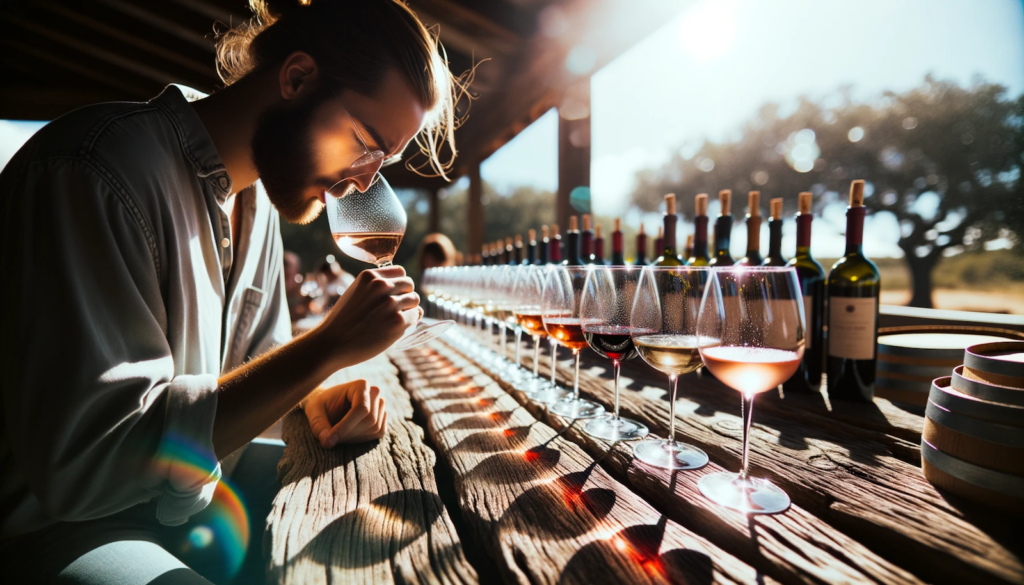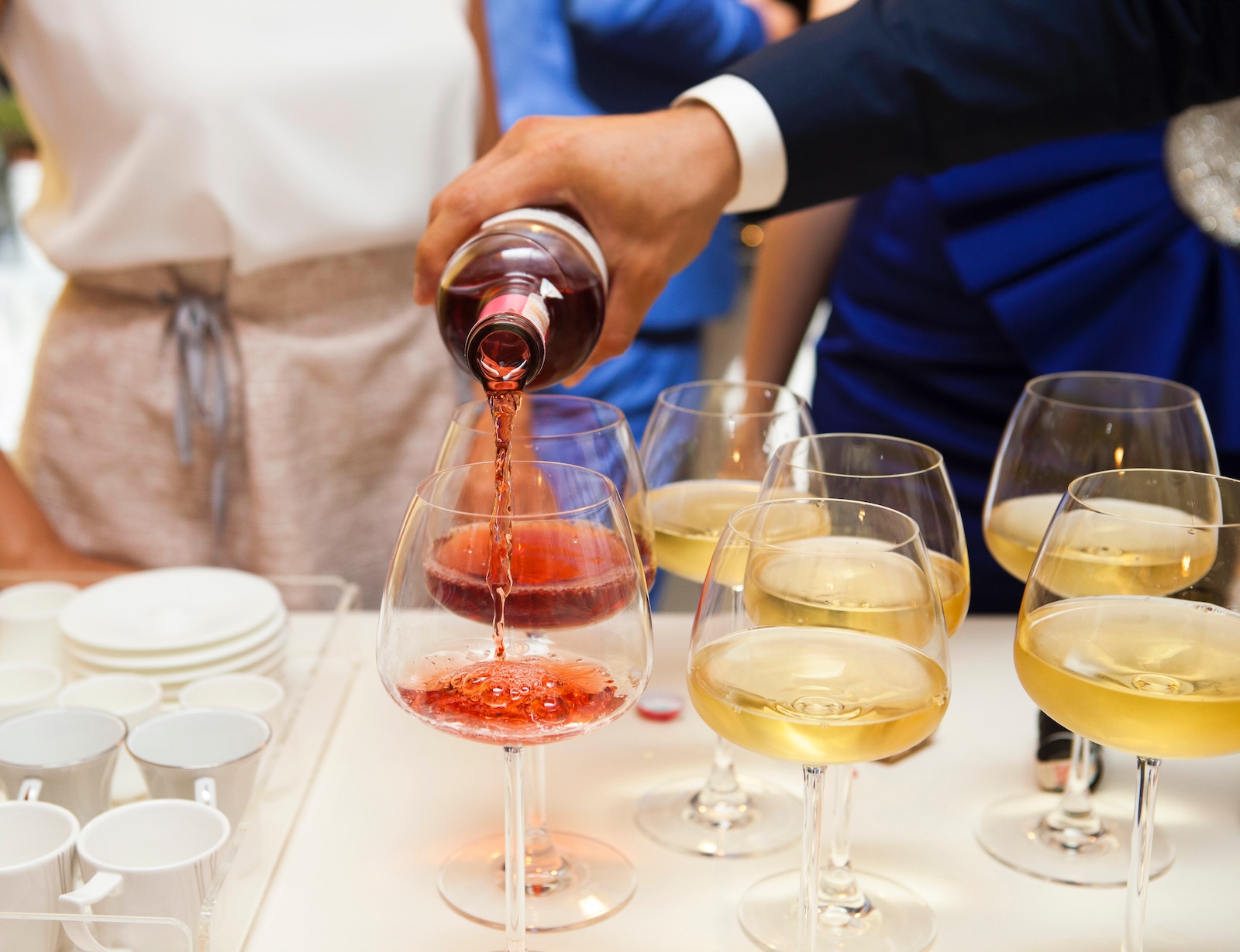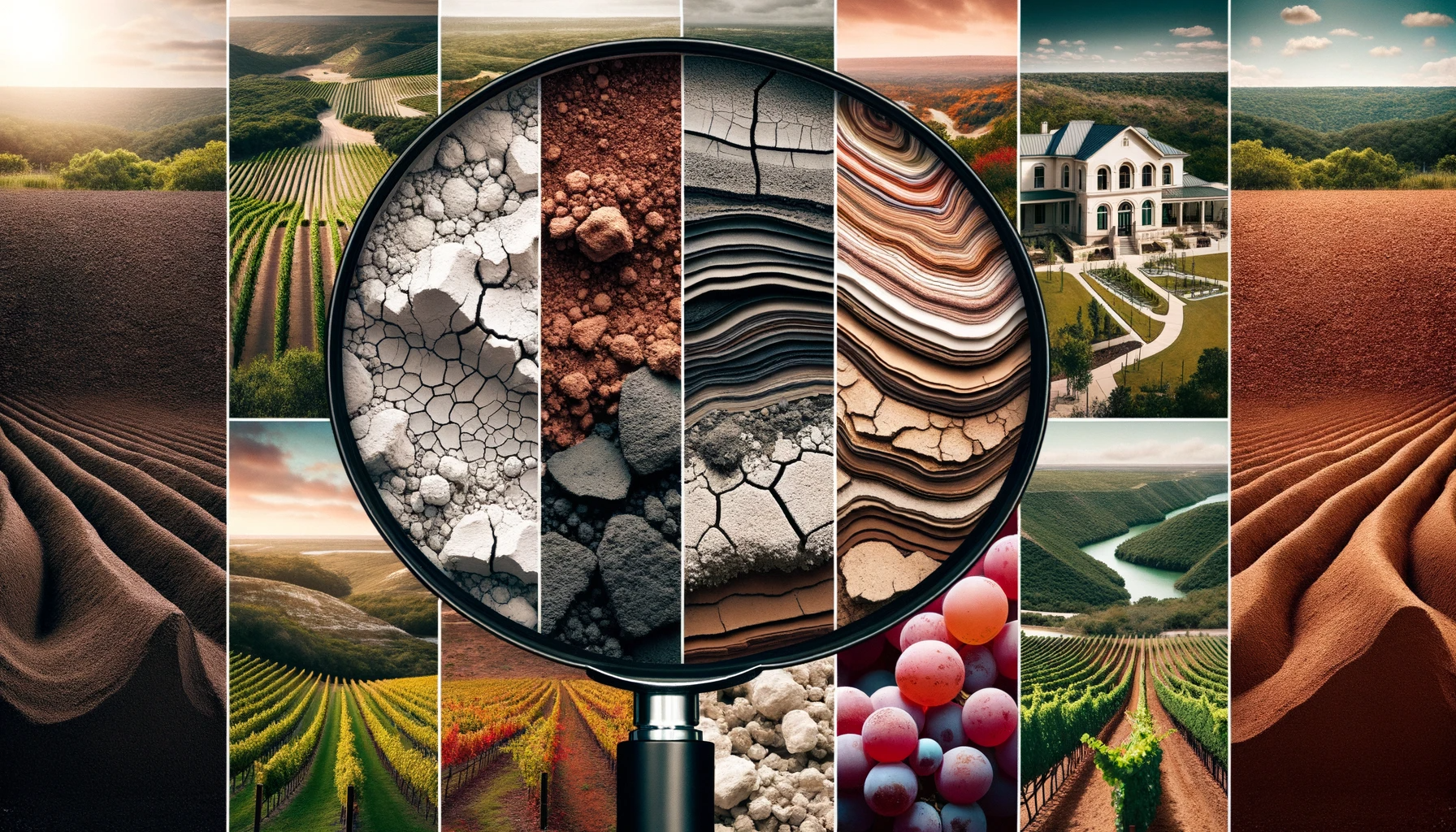
Wine tasting in Texas is an experience that is not to be missed. With over 100 fully operational vineyards and wineries, Texas Hill Country is the number one region for wine tasting in the state of Texas. However, if you are new to wine tasting, it can be overwhelming to know what to do and what not to do. That’s where wine tasting etiquette comes in.
Following proper wine tasting etiquette is essential to fully enjoy the experience. Knowing how to hold your glass, how to taste, and how to spit are just a few of the things that will help you get the most out of your wine tasting experience. In this article, we will cover some of the dos and don’ts of wine tasting, as well as some tips to help you make the most of your visit to Texas wineries. Whether you are a seasoned wine connoisseur or a newbie to the world of wine tasting, these tips will help you navigate the world of wine with confidence.
Understanding Wine Tasting Etiquette
Wine tasting is a sophisticated and enjoyable activity that requires proper etiquette to fully appreciate the experience. Whether you are a seasoned wine connoisseur or a beginner, understanding wine tasting etiquette is essential to make the most of your experience.
Etiquette
Wine tasting etiquette involves a set of unwritten rules that should be followed to ensure that you and those around you have an enjoyable experience. Here are some basic wine tasting etiquette tips to keep in mind:
- Dress appropriately: Dress comfortably and elegantly to fit the occasion. Avoid wearing strong perfumes or colognes that can interfere with the wine’s aroma.
- Hold the glass properly: Hold the glass by the stem or the base to avoid warming the wine with your hand.
- Smell the wine: Swirl the wine gently to release its aroma, then take a sniff to appreciate its scent.
- Taste the wine: Take a small sip and let it linger in your mouth to appreciate its flavor.
- Spit or dump the wine: If you are tasting multiple wines, it is recommended to spit or dump the wine to avoid getting drunk and to keep your palate fresh.
Questions
Asking questions is an essential part of wine tasting etiquette. Don’t be afraid to ask the sommelier or the winemaker about the wine’s origin, grape variety, vintage, and other relevant information. Here are some questions you can ask:
- What makes this wine unique?
- What food pairings would you recommend for this wine?
- Can you tell me more about the winemaking process?
- How long can I age this wine?
Remember, there are no stupid questions when it comes to wine tasting. Asking questions can help you learn more about wine and appreciate the experience even more.
In summary, understanding wine tasting etiquette is crucial to fully enjoy the experience. Dress appropriately, hold the glass properly, smell the wine, taste the wine, and ask questions. By following these basic rules, you can make the most of your wine tasting experience in Texas.
The Art of Wine Tasting
Wine tasting is an art that requires a certain level of knowledge and etiquette. To truly appreciate the flavors and aromas of wine, you need to use all your senses. Here are some tips to help you master the art of wine tasting.
Smelling the Wine
The aroma of wine plays a crucial role in the overall tasting experience. Before you taste the wine, take a moment to smell it. Swirl the wine in your glass to release its aromas. Then, hold the glass up to your nose and take a deep sniff. Try to identify the different scents, such as fruit, flowers, spices, or oak. The aroma can give you a clue about the wine’s flavor and body.
Tasting the Wine
When you taste the wine, take a small sip and let it sit in your mouth for a few seconds. Swish it around to coat your entire mouth, including your tongue, gums, and cheeks. Pay attention to the wine’s texture, acidity, sweetness, and alcohol content. Try to identify the different flavors, such as fruit, herbs, or spices. The flavor can give you a clue about the wine’s origin, age, and grape variety.
Swirling and Spitting
Swirling the wine in your glass before you taste it can help release its aromas and flavors. Hold the stem of the wine glass and gently swirl the wine in a circular motion. This will also help you see the wine’s color and texture. When you’re done tasting the wine, you can either swallow it or spit it out. Spitting is a common practice among wine tasters, especially if you’re tasting multiple wines. It helps cleanse your palate and prevent you from getting drunk.
In conclusion, wine tasting is an art that requires practice and patience. By following these tips, you can enhance your wine tasting experience and appreciate the nuances of different wines. Remember to always drink responsibly and enjoy the process.
Selecting the Right Wine Glass
When it comes to wine tasting, selecting the right wine glass is an essential part of the experience. A good wine glass can enhance the aroma and flavor of the wine, while a poor-quality glass can detract from the overall experience. Here are some tips to help you select the right wine glass for your next wine tasting:
Consider the Size and Shape of the Glass
The size and shape of the wine glass can have a significant impact on the taste and aroma of the wine. Generally, a wine glass should be large enough to allow the wine to breathe and release its aromas, but not so large that the wine loses its temperature too quickly. The shape of the glass can also affect the way the wine is perceived, with wider glasses being better for red wines and narrower glasses being better for white wines.
Look for Quality Materials
The quality of the glass itself is also important. High-quality wine glasses are typically made from crystal or lead-free glass, which can enhance the clarity and color of the wine. Additionally, a thinner glass can help to showcase the wine’s aromas and flavors, while a thicker glass may detract from the experience.
Pay Attention to the Stem
The stem of the wine glass is also an important consideration. Holding the glass by the stem can help to prevent the wine from warming up too quickly, which can affect the taste and aroma. Additionally, holding the glass by the stem can help to prevent fingerprints from smudging the glass, which can detract from the overall appearance.
In summary, selecting the right wine glass is an important part of the wine tasting experience. Consider the size and shape of the glass, look for quality materials, and pay attention to the stem to ensure that you get the most out of your wine tasting experience.

Tips for Wine Tasting in Texas
Wine tasting in Texas is an enjoyable experience that everyone should try at least once. It is a chance to explore new flavors and learn about the winemaking process. However, to make the most of your wine tasting experience, there are some tips you should keep in mind. Here are some tips for wine tasting in Texas:
Plan Ahead
Before heading out to a wine tasting event, it is important to do some planning. Consider the number of wineries you want to visit and how long you plan to stay at each winery. Make sure to check the winery’s website or call ahead to confirm their hours of operation. Also, consider transportation options, such as hiring a driver or using a ride-sharing service.
Dress Appropriately
Wine tasting is a sophisticated activity, and it is important to dress appropriately. Avoid wearing strong perfumes or colognes, as they can interfere with the senses when tasting wine. Opt for comfortable and casual clothing that is suitable for the occasion. Avoid wearing high heels or sandals, as they can be uncomfortable on uneven terrain.
Use Your Senses
When tasting wine, it is important to use all of your senses. Look at the color of the wine and observe its clarity. Smell the wine and try to identify the different aromas. Taste the wine and note its flavor profile. Take your time to savor the wine and appreciate its complexity.
Stay Safe During the Pandemic
During the COVID-19 pandemic, wineries have implemented safety measures to keep their guests safe. Make sure to check the winery’s website or call ahead to learn about their safety protocols. Wear a mask when not tasting wine and practice social distancing. Avoid large groups and opt for private tastings if possible.
Don’t Overindulge
Wine tasting is a fun activity, but it is important to pace yourself and not overindulge. Remember that you are there to taste wine, not to drink it. Spit out the wine after tasting or pour it into the spittoon. Drink plenty of water and eat food to help absorb the alcohol.
Take Advantage of Complimentary Tastings
Many wineries offer complimentary tastings, which is a great way to try different wines without breaking the bank. However, be prepared to pay a tasting fee for premium or reserve wines. Consider joining the winery’s wine club to receive discounts on wine purchases and exclusive access to events.
In conclusion, wine tasting in Texas can be a memorable experience if you plan ahead and follow these tips. Remember to dress appropriately, use your senses, stay safe during the pandemic, and avoid overindulging. Enjoy your wine tasting experience and discover new flavors and grape varieties.
Exploring Texas Wineries
Texas is home to some of the best wineries in the country, making it a popular destination for wine enthusiasts. Whether you’re a seasoned wine taster or a first-time visitor, exploring Texas wineries can be a fun and educational experience. In this section, we’ll cover some tips and etiquette to help you plan your winery tour and navigate the tasting room.
Planning Your Winery Tour
Before you head out to explore Texas wineries, it’s important to plan your tour. Here are some tips to help you make the most of your visit:
- Research the wineries: Texas has over 50 wineries, each with its own unique charm and offerings. Look up wineries in the area you plan to visit and read reviews to help you decide which ones to visit.
- Make reservations: Some wineries require reservations, especially during peak season. Make sure to call ahead and reserve a spot to avoid disappointment.
- Dress appropriately: Wineries can vary in terms of dress code, so make sure to check the winery’s website or call ahead to see if there are any restrictions. Comfortable shoes are also recommended as some wineries have uneven terrain.
- Plan your route: If you plan to visit multiple wineries in one day, plan your route ahead of time to avoid backtracking and save time. You can also consider joining a wine tour to let someone else do the driving.
Navigating the Tasting Room
Once you arrive at the winery, it’s time to start tasting! Here are some tips to help you navigate the tasting room:
- Follow the host’s lead: When you arrive at the tasting room, you’ll be greeted by a host who will guide you through the tasting process. Follow their lead and don’t be afraid to ask questions.
- Pace yourself: It’s easy to get carried away with the tastings, but remember to pace yourself and take your time. You can always ask for a smaller pour or use the spit bucket if you don’t want to finish a full glass.
- Be respectful: Wineries can get busy, especially during peak season, so be respectful of other guests and the winery staff. Avoid being too loud or disruptive and make sure to clean up after yourself.
- Buy a bottle: If you find a wine you love, consider buying a bottle to take home as a souvenir. You can also ask the winery staff for recommendations on food pairings or other wines you might enjoy.
Exploring Texas wineries can be a fun and educational experience, but it’s important to plan your tour and follow proper etiquette in the tasting room. With these tips, you’ll be well on your way to enjoying all that Texas wine country has to offer.
Understanding Wine Varietals
When it comes to wine tasting, understanding the different wine varietals is essential. A wine varietal is a specific type of grape that is used to make wine. Each varietal has its own unique characteristics that determine the flavor, aroma, and color of the wine. In Texas, there are many different wine varietals to choose from, including both red and white wines.
Red Wine Varietals
Red wines are made from grapes that have a dark skin color. The skins are left in contact with the juice during fermentation, which gives the wine its characteristic red color. Here are some of the most common red wine varietals you may encounter in Texas:
- Cabernet Sauvignon: This is one of the most popular red wine varietals in the world. It is known for its full-bodied flavor and high tannin content. Cabernet Sauvignon wines often have notes of black currant, tobacco, and leather.
- Merlot: Merlot is a softer, more approachable red wine varietal. It is known for its fruity flavor and low tannin content. Merlot wines often have notes of plum, cherry, and chocolate.
- Syrah (or Shiraz): Syrah is a bold, spicy red wine varietal. It is known for its high tannin content and notes of black pepper, tobacco, and dark fruit.
White Wine Varietals
White wines are made from grapes that have a lighter skin color. The skins are usually removed before fermentation, which gives the wine its lighter color. Here are some of the most common white wine varietals you may encounter in Texas:
- Chardonnay: Chardonnay is one of the most popular white wine varietals in the world. It is known for its full-bodied flavor and buttery texture. Chardonnay wines often have notes of green apple, pear, and vanilla.
- Sauvignon Blanc: Sauvignon Blanc is a crisp, refreshing white wine varietal. It is known for its high acidity and notes of citrus, grass, and herbs.
- Riesling: Riesling is a sweet, aromatic white wine varietal. It is known for its floral aroma and notes of apricot, honey, and peach.
Understanding the different wine varietals can help you better appreciate the wines you taste in Texas. Whether you prefer red or white wines, there are many varietals to choose from, each with its own unique characteristics.
Buying Wine After Tasting
One of the great things about wine tasting is that you get to try before you buy. After sampling different wines, you might find one that you really enjoy and want to take home with you. Here are a few tips on buying wine after tasting:
- Consider your budget: Before making any purchase, it’s important to consider your budget. Wine can range in price from very affordable to very expensive, so make sure you know how much you’re willing to spend.
- Ask for recommendations: If you’re not sure what to buy, don’t be afraid to ask for recommendations from the staff or other wine connoisseurs. They can offer suggestions based on your preferences and budget.
- Check the bottle: When selecting a bottle of wine, make sure to inspect the bottle for any damage or defects. This can include cracks, chips, or leaks. You don’t want to purchase a bottle that has been compromised in any way.
- Read the label: Take a look at the label on the bottle. It should include information about the winery, vintage, varietal, and region. This can give you an idea of what to expect from the wine.
- Consider the occasion: Think about the occasion for which you’re purchasing the wine. Is it for a special occasion or just for casual drinking? This can help you determine what type of wine to buy.
- Make the purchase: Once you’ve selected your wine, it’s time to make the purchase. Most tasting rooms will have a checkout area where you can pay for your wine. Don’t forget to ask about any discounts or promotions that may be available.
Buying wine after tasting can be a fun and rewarding experience. By following these tips, you can make sure you’re getting a great bottle of wine that fits your budget and tastes.



